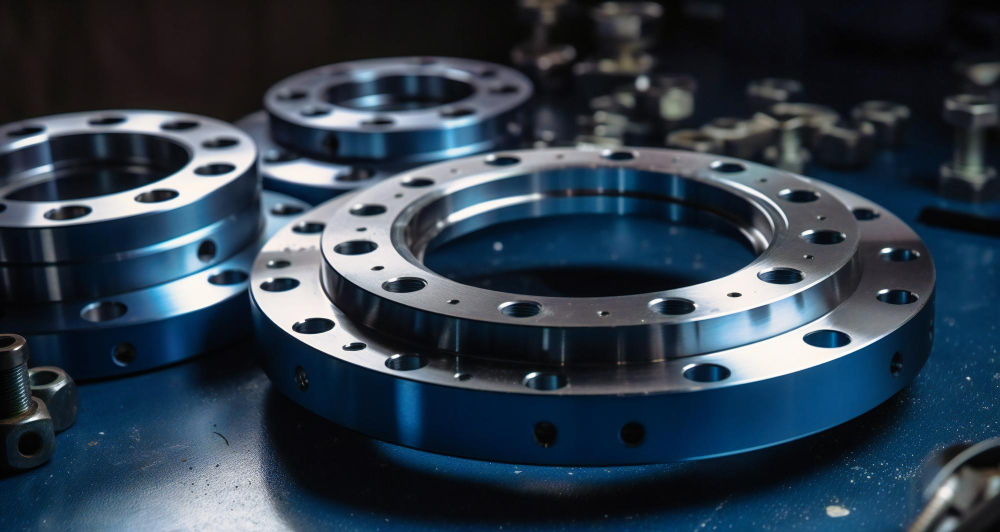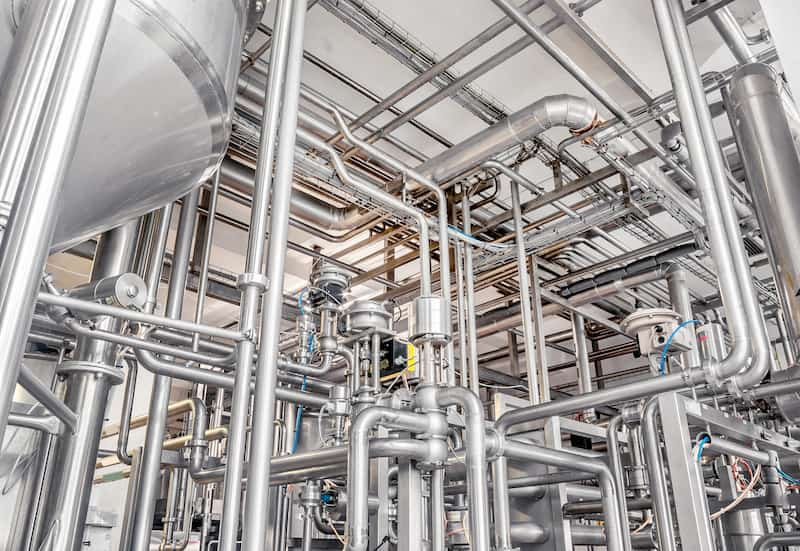
Brass Vs. Aluminium Camlocks: Choosing The Right Material For Your Application
In various industrial sectors, the effectiveness of equipment and connections can make a significant difference in operational efficiency and safety. Camlock couplings, a type of hose coupling used to quickly connect and disconnect hoses or pipes, play a vital role in many applications. One key decision when selecting camlocks is the material of construction, with brass and aluminium being two popular options. In this article, we'll delve into the differences between brass and aluminium camlocks, their respective uses, and considerations to help you choose the right material for your specific application.
Brass vs. Aluminium: Material Comparison
Brass Camlocks:
Brass camlocks are crafted from an alloy of copper and zinc, providing them with excellent strength and durability. They are known for their corrosion resistance, making them suitable for use in harsh environments, including marine and outdoor settings. Brass camlocks also offer good conductivity, making them ideal for applications requiring electrical grounding. Their robust construction ensures longevity and reliability in demanding conditions.
Aluminium Camlocks:
Aluminium camlocks, on the other hand, are lighter in weight compared to brass camlocks. Despite their lighter weight, aluminium camlocks maintain impressive strength and durability, making them ideal for applications where weight reduction is critical. They are also resistant to corrosion, although not as resistant as brass, and may require additional protection in corrosive environments. Aluminium camlocks are favoured in industries where portability and ease of handling are important factors.
Uses of Brass Camlocks:
Brass camlock couplings find application across a wide range of industries and sectors. They are commonly used in:
- Chemical processing plants
- Oil and gas refineries
- Water treatment facilities
- Agricultural operations
- Firefighting equipment
- Electrical grounding applications
The corrosion-resistant properties of brass make it an excellent choice for environments where exposure to moisture, chemicals, or corrosive elements is common. Additionally, its durability and conductivity make brass camlocks indispensable in various industrial settings.
Uses of Aluminium Camlocks:
Aluminium camlock couplings are preferred in industries where weight reduction and portability are critical considerations. Some common applications include:
- Aerospace and aviation
- Food and beverage processing
- Irrigation systems
- Vacuum trucks
- Construction and manufacturing equipment
The lightweight nature of aluminium camlocks makes them easy to handle and transport, enhancing efficiency and convenience in various operations. While aluminium may not offer the same level of corrosion resistance as brass, it is still suitable for many applications, especially when properly maintained and protected.
Choosing the Right Material for Your Application
When selecting between brass and aluminium camlocks, consider the specific requirements and conditions of your application. Brass camlocks excel in harsh environments and applications where corrosion resistance and conductivity are paramount. Aluminium camlocks, on the other hand, offer lightweight and portable solutions for industries where weight reduction and ease of handling are crucial.
In conclusion, both brass and aluminium camlocks have unique properties and advantages that cater to different needs and preferences. By understanding the characteristics and applications of each material, you can make an informed decision when choosing the right camlock for your specific requirements. Whether you prioritize corrosion resistance, durability, weight, or portability, there's a suitable camlock material to meet your needs.
Related Articles
Exploring the expansion of steel production in GCC and other emerging nations
Read MoreHow Structural Steel Helped The Majestic Architectures Around The World - Part 3
Read MoreHow Structural Steel Helped The Majestic Architectures Around The World - Part 2
Read MoreHow Structural Steel Helped The Majestic Architectures Around The World - Part 1
Read MoreAllowable & Galvanized Iron Pipe Fittings – Trusted Name For All The Pipe Fitting Needs
Read More


































































































































































